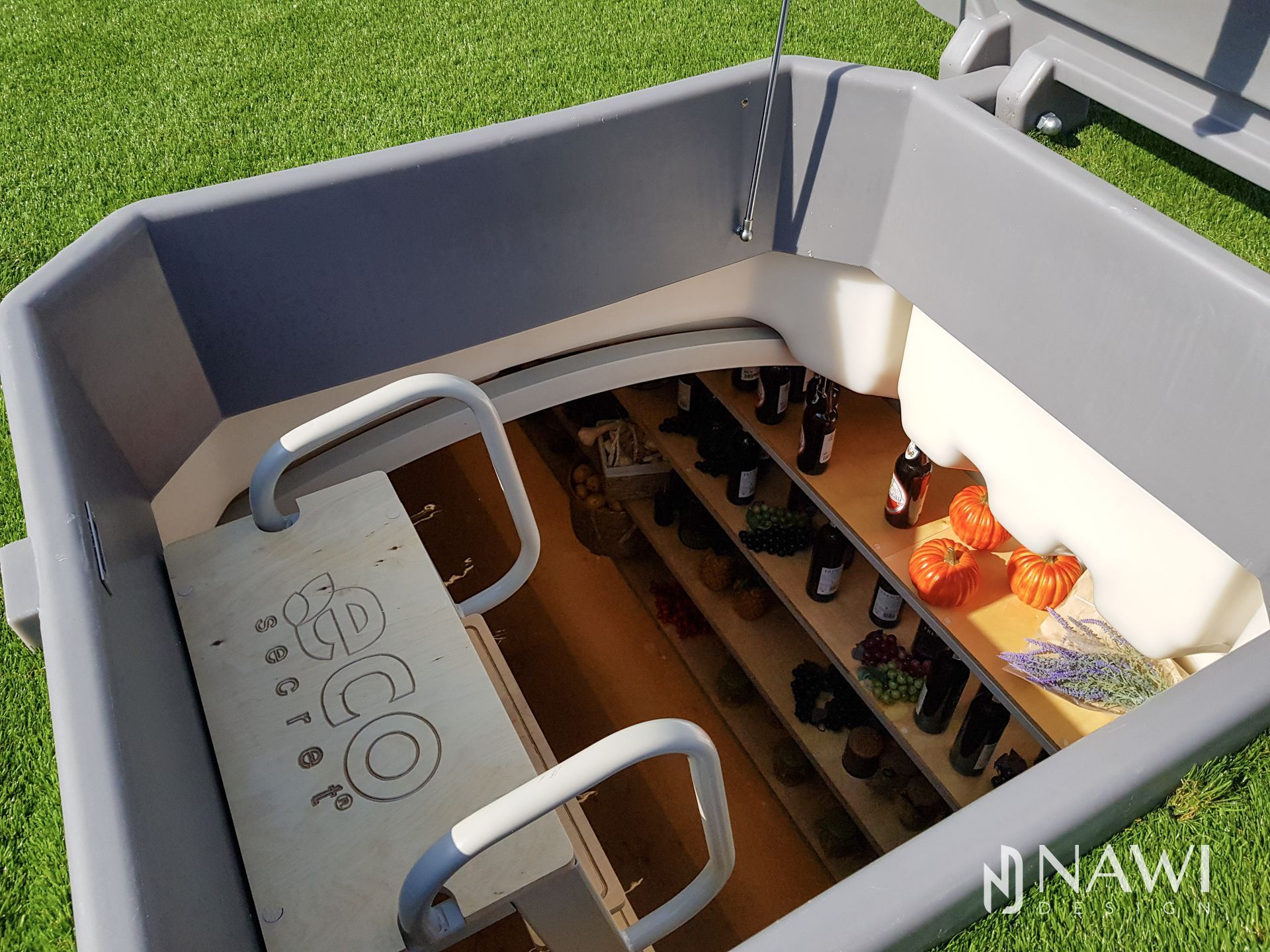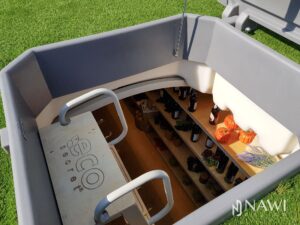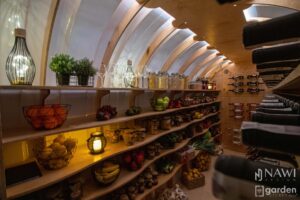
What are the methods for maintaining optimal humidity in a garden cellar?
A garden cellar, also known as a vegetable and fruit cellar, is an invaluable solution for enthusiasts of homegrown vegetables and fruits. However, maintaining the appropriate humidity in a garden cellar can be a challenge, especially in variable weather conditions. In this article, we will discuss various methods to help maintain optimal humidity conditions in the cellar, which in turn will contribute to the longer storage of fresh produce.
Why is humidity important in a garden cellar?
Humidity plays a crucial role in the long-term storage of vegetables and fruits. Too low humidity can lead to drying out, while too high humidity fosters the growth of mold and bacteria. The optimal humidity in a garden cellar usually ranges from 65% to 75%.
Methods for maintaining the proper humidity in a garden cellar:
1. Use of water containers:
One simple way to increase humidity in the cellar is to place water containers inside it. The water in these containers will evaporate, thereby increasing the air’s humidity. However, remember to regularly check the water level in the containers and refill them to maintain the proper humidity.
2. Use of damp towels or sponges:
You can also place damp towels or sponges in the cellar. This is an economical method that will help maintain humidity at the appropriate level. Make sure to regularly check and moisten these towels or sponges to prevent them from drying out.
3. Installation of an air humidifier:
If you want to automate the humidity maintenance process, it’s worth investing in an air humidifier. Humidifiers are available in various models, from portable ones to those that can be permanently installed in the cellar. They allow you to precisely control humidity levels.
4. Avoid excessive door opening:
Frequent opening of the cellar doors can lead to temperature and humidity fluctuations. Try to limit the number of door openings, especially during periods of unfavorable weather conditions.
5. Store fruits and vegetables separately:
Fruits often release ethylene, which can accelerate the ripening of other fruits and vegetables. Therefore, it’s advisable to store them separately to prevent excess moisture in the cellar.
6. Regular ventilation:
Ensure regular ventilation of the cellar to prevent the accumulation of excess moisture and to facilitate air circulation.
7. Humidity monitoring:
Installing a thermo-hygrometer in the cellar will help you monitor humidity and temperature levels. This way, you can react to changes and adjust storage conditions accordingly.
Conclusion:
Maintaining optimal humidity in a garden cellar is crucial for the long-term storage of fresh vegetables and fruits. There are various methods you can use to ensure the ideal conditions. Choose the ones that best suit your needs and adapt them to changing weather conditions. Investing time and effort in maintaining the proper humidity is worthwhile because it will help preserve the quality of your harvest for many months.




